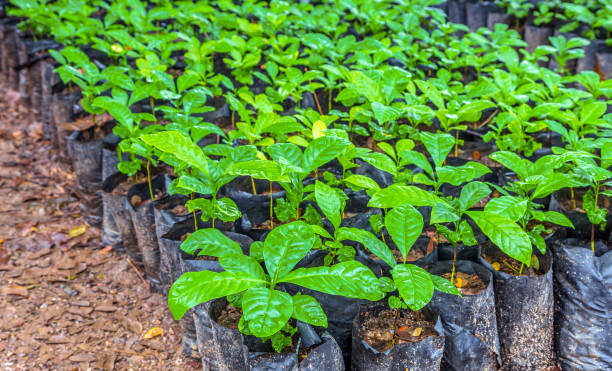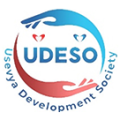Conserve and Protect Our Natural Heritage – Mpimbwe WMA

Human activities have been mentioned to be major causes of environmental pollution and degradation.
Mpimbwe Wildlife Management Area (WMA) is located in Mpimbwe District Council, bordering Katavi National Park in the southern part of the Katavi region. Mpimbwe WMA is designated as a land-use planned corridor within the Mpimbwe District Council.
However, despite its planned land-use status, there has been an alarming increase in encroachment on the natural environment within the WMA area.
This resulted in the occurrence of droughts and accelerated desertification in parts of the area. The increased encroachment is driven by local communities engaging in unsustainable practices to secure their livelihoods. This overexploitation of natural resources, particularly forests, water sources, and land, has led to deforestation, soil erosion, deterioration of water quality, and environmental degradation in areas like Mirumba, and Kibaoni, villages.
Furthermore, the growth of human settlements along the protected area has fragmented habitats, causing a loss of reserve areas for ground-dwelling and breeding species. Additionally, human-elephant conflicts are becoming increasingly common due to competition for space and resources. As human population growth forces people to move closer to conserved areas for agricultural activities, livestock keeping, and resource extraction (charcoal, timber for brick-making), it fuels conflicts with elephants and fosters negative perceptions towards wildlife and forest conservation.
Through this project, we anticipates to achieve sustainable conservation and development in the Mpimbwe Wildlife Management Area (WMA), and contributing to the following objectives at both the Local Government Authority (LGA) and community levels:
LGA Level:
- Measure and evaluate conservation measures by regularly assessing the effectiveness of existing conservation efforts and adapting them as needed is crucial for ensuring long-term sustainability. This might involve monitoring wildlife populations, assessing habitat health, and conducting regular surveys.
Community Level:
- Collaborate with local communities and stakeholders: Engaging the community in all aspects of conservation and development is essential for success. This includes building trust and establishing partnerships with local residents, businesses, and organizations.
- Implement measures to reduce threats to natural heritage: This involves addressing the key drivers of deforestation and biodiversity loss, such as illegal logging, unsustainable agricultural practices, and resource overexploitation. This could include implementing community-based conservation projects, promoting alternative livelihoods, and raising awareness about environmental issues.
